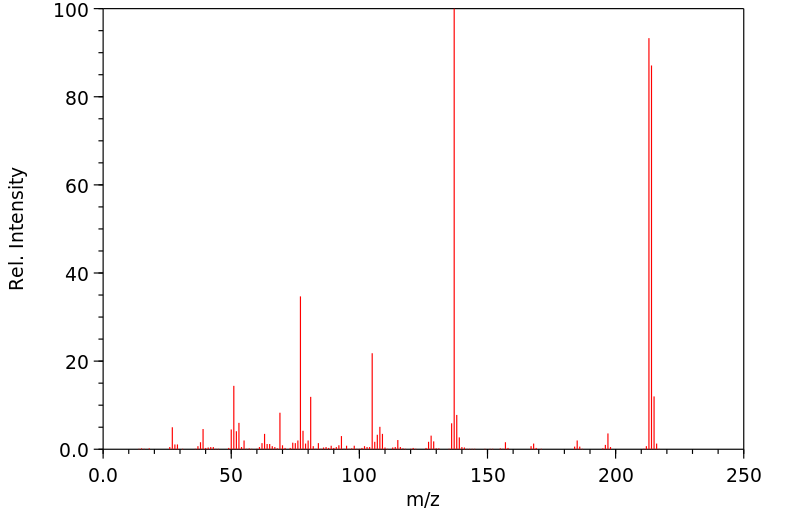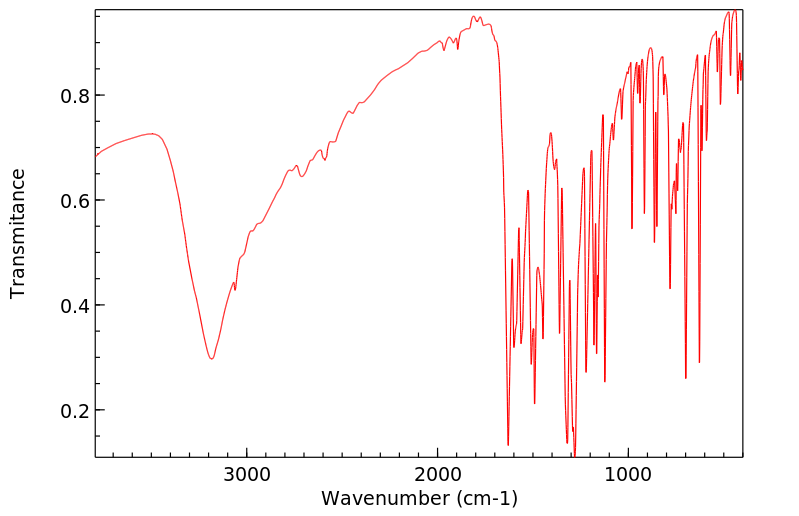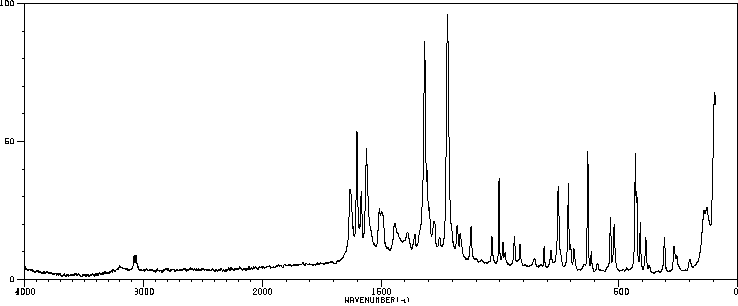代谢
2-羟基-4-甲氧基苯甲酮(HMB)在大鼠离体肝细胞中的代谢和细胞毒性,以及HMB及其代谢物在MCF-7人类乳腺癌细胞中的拟雌激素活性,以及雌激素受体竞争性结合试验,分别进行了研究。用HMB培养肝细胞导致细胞活力浓度和时间依赖性下降,伴有细胞内ATP和腺苷酸池的丢失。在肝细胞悬浮液中低毒性水平(0.25 mM)的HMB被酶促转化为2,4-二羟基苯甲酮(DHB)和一个羟基化中间体,该中间体通过质谱联用HPLC暂时鉴定为2,2'-二羟基-4-甲氧基苯甲酮(DHMB)的同分异构体。此外,母体化合物和两个中间体迅速与葡萄糖醛酸结合,而未结合的DHMB和2,3,4-三羟基苯甲酮(THB)被鉴定为微量中间体。在另一实验中,DHB和THB以浓度依赖性方式竞争性地取代了与重组人雌激素受体α结合的17β-雌二醇:已知的拟雌激素化合物DES和BPA,以及DHB和THB的IC50分别约为1 x 10(-8),1 x 10(-5),5 x 10(-5)和5 x 10(-4) M。此外,DHB在10(-8)至10(-6) M的浓度下以浓度依赖性方式导致MCF-7细胞增殖。DHMB和THB在10(-7)和10(-6) M时也引起细胞数量轻微增加,而HMB在10(-9)至10(-4) M的浓度下对细胞增殖没有影响。根据竞争性结合的相对IC50和对MCF-7细胞增殖效应,可以得出雌激素活性的顺序为DHB>THB>DHMB。这些结果表明,一些羟基化中间体如DHB而非母体化合物通过生物转化充当了拟雌激素。
The metabolism and cytotoxicity of 2-hydroxy-4-methoxybenzophenone (HMB) in isolated rat hepatocytes and the xenoestrogenic activity of HMB and its metabolites in MCF-7 human breast cancer cells and an estrogen receptor competitive binding assay have been studied, respectively. The incubation of hepatocytes with HMB caused a concentration- and time-dependent decrease in cell viability, accompanied by loss of intracellular ATP and adenine nucleotide pools. HMB at a low-toxic level (0.25 mM) in the hepatocyte suspensions was converted enzymatically to 2,4-dihydroxybenzophenone (DHB) and a hydroxylated intermediate, which was tentatively identified as an isomer of 2,2prime prime or minute-dihydroxy-4-methoxybenzophenone (DHMB) as determined by mass spectroscopy coupled with HPLC. Furthermore, the parent compound and both intermediates were rapidly conjugated to glucuronides, whereas free unconjugated DHMB and 2,3,4-trihydroxybenzophenone (THB) were identified as trace intermediates. In another experiment, DHB and THB displaced competitively 17beta-estradiol bound to the recombinant human estrogen receptor alpha in a concentration-dependent manner: IC(50) of diethylstilbestrol and bisphenol A, which are known xenoestorogenic compounds, and DHB and THB was approximately 1 x 10(-8), 1 x 10(-5), 5 x 10(-5) and 5 x 10(-4) M, respectively. Further, DHB at concentrations from 10(-8) to 10(-6) M caused a concentration-dependent proliferation of MCF-7 cells. DHMB and THB at 10(-7) and 10(-6) M also elicited a slight increase in cell numbers, whereas HMB at concentrations from 10(-9) to 10(-4) M did not affect the cell proliferation. Based on the relative IC50 for the competitive binding and the proliferative effect on MCF-7 cells, it follows that in estrogenic potency, DHB>THB>DHMB. These results indicate that some hydroxylated intermediates such as DHB rather than the parent compound act as a xenoestrogen via biotransformation.
来源:Hazardous Substances Data Bank (HSDB)









